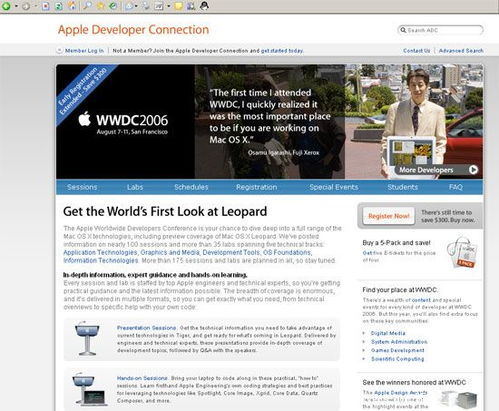
Understanding LEO: The Low Earth Orbit Satellite Revolution

Have you ever wondered about the technology that’s revolutionizing internet access? Look no further than Low Earth Orbit (LEO) satellites. These innovative devices are not just changing the way we communicate, but also opening up new possibilities for global connectivity. Let’s dive into the fascinating world of LEO satellites and explore their impact on our lives.
What is LEO?

LEO satellites are positioned at an altitude of approximately 100 to 500 miles above the Earth’s surface. This low orbit allows them to complete a full orbit around the Earth in less than 90 minutes, making them ideal for providing fast and reliable internet access. Unlike traditional Geostationary Orbit (GEO) satellites, which are located 22,236 miles above the Earth, LEO satellites offer significantly lower latency and higher data rates.
The Advantages of LEO Satellites

There are several advantages to using LEO satellites for internet connectivity:
| Advantage | Description |
|---|---|
| Low Latency | LEO satellites provide significantly lower latency compared to GEO satellites, resulting in faster internet speeds and a more responsive user experience. |
| High Data Rates | With their closer proximity to the Earth, LEO satellites can transmit data at higher speeds, making them ideal for bandwidth-intensive applications such as video streaming and online gaming. |
| Global Coverage | LEO satellite constellations can cover the entire Earth, providing internet access to remote and underserved areas that are difficult to reach with traditional infrastructure. |
| Cost-Effective | Building and launching LEO satellites is more cost-effective than GEO satellites, making it easier to deploy large-scale satellite networks. |
LEO Satellite Constellations
Several companies are investing in LEO satellite constellations to provide global internet connectivity. Some of the most notable projects include:
- SpaceX’s Starlink: SpaceX is developing a massive LEO satellite constellation called Starlink, which aims to provide high-speed internet access to rural and remote areas worldwide.
- OneWeb: OneWeb is another company working on a LEO satellite constellation to provide global internet connectivity. Their goal is to launch 648 satellites by 2027.
- Amazon’s Project Kuiper: Amazon is developing its own LEO satellite constellation called Project Kuiper, which aims to provide high-speed internet access to underserved communities around the world.
- Telesat: Telesat is a Canadian satellite operator that is also investing in LEO satellite technology to provide global internet connectivity.
LEO Satellites and the Future of Internet Connectivity
The deployment of LEO satellite constellations is expected to have a significant impact on the future of internet connectivity. Here are some potential benefits:
- Increased Internet Access: LEO satellites can provide internet access to remote and underserved areas, helping to bridge the digital divide.
- Improved Connectivity: LEO satellites can offer faster and more reliable internet access, especially in areas with poor infrastructure.
- New Opportunities: LEO satellites can enable new applications and services, such as real-time data transmission for autonomous vehicles and drones.
Conclusion
LEO satellites are poised to revolutionize the way we access the internet. With their low latency, high data rates, and global coverage, LEO satellites have the potential to transform the world we live in. As more companies invest in LEO satellite technology, we can expect to see significant advancements in internet connectivity and new opportunities for innovation.






